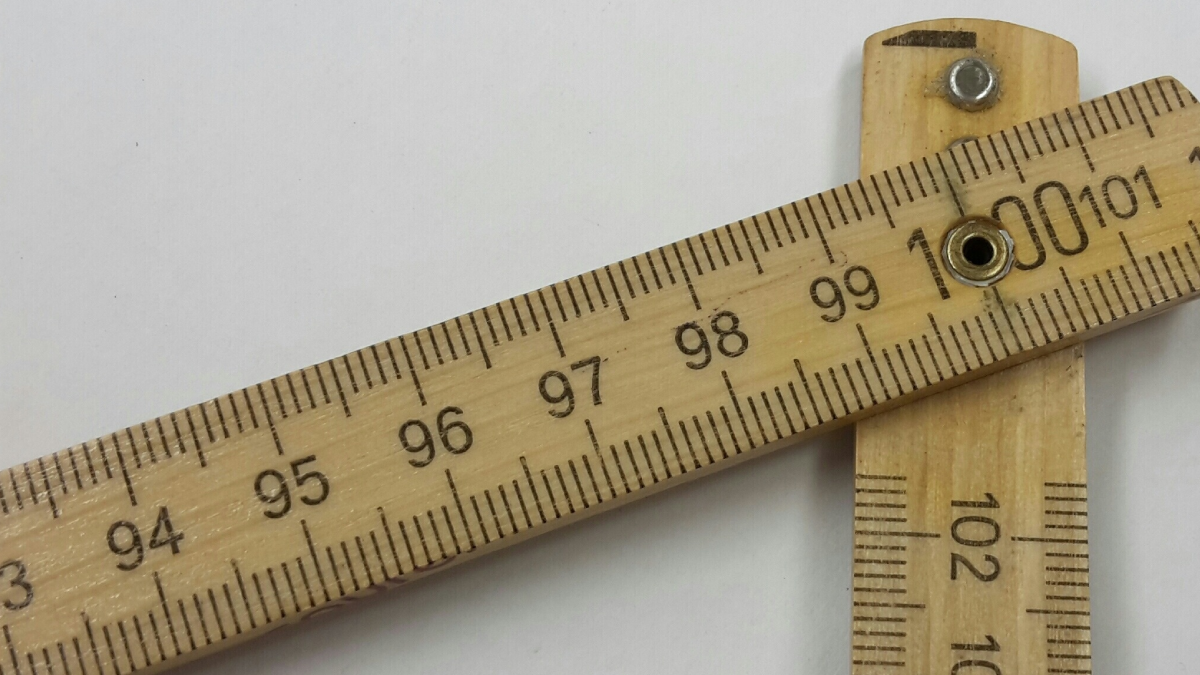Making your own ruler is a creative and educational that allows participants to explore measurement concepts and learn about standard units of length. This hands-on project can be adapted for various age groups and provides an opportunity for children to apply their mathematical skills while creating a useful tool. Here’s a step-by-step guide for the “Making Your Own Ruler” activity:
Materials Needed:
- Thick cardboard or cardstock paper
- Ruler or measuring tape
- Pencil
- Scissors
- Markers or colored pencils
- Optional: Stickers, decorative materials
Instructions:
- Introduction: Start by explaining the purpose of a ruler and its importance in measuring objects accurately. Discuss the concept of standard units of length, such as inches or centimeters.
- Materials Preparation: Provide each participant with a piece of thick cardboard or cardstock paper. The dimensions can vary, but a typical ruler is about 12 inches (30 cm) long and 1 inch (2.5 cm) wide.
- Marking the Length: Use a ruler or measuring tape to mark the desired length on the cardboard. If you’re making an inch ruler, mark 12 equal increments, and for a centimeter ruler, mark 30 equal increments.
- Drawing the Lines: Use a pencil and a straight edge to draw lines connecting the marks. For better visibility, you can use different colors for each inch or centimeter.
- Labeling the Measurements: Label each mark with the corresponding measurement. For an inch ruler, use numbers 1 to 12, and for a centimeter ruler, use numbers 1 to 30.
- Decorating (Optional): Participants can get creative and decorate their rulers using markers, stickers, or any other decorative materials to make it unique and personalized.
- Cutting the Ruler: Use scissors to cut along the edge of the ruler, following the marked lines. Be careful to cut straight and precise lines.
- Checking Accuracy: Once the ruler is complete, use a standard ruler or measuring tape to check the accuracy of the measurements. Discuss any discrepancies and the importance of precise measurements.
- Using the Ruler: Teach participants how to use their homemade ruler to measure various objects and lengths.
- Reflection and Discussion: Gather all participants and ask them about their experience making the ruler. Discuss the importance of accurate measurement and how rulers are used in everyday life.
- Extension Activity: For older or more advanced participants, you can introduce them to the concept of scaling and how to convert between different units of length (for example, inches to centimeters).
- Take-Home Rulers: Let participants take their homemade rulers home as a useful tool for future measurements and learning.
This activity not only reinforces mathematical concepts related to measurement but also encourages creativity and fine motor skills. It can be adapted for different grade levels, and participants can take pride in using their personalized rulers for various tasks.
| STEM Concept | Explanation and Application |
| Science Concepts | |
| Measurement | Understanding the concept of measurement and the importance of accurate and standardized units of length. |
| Materials | Exploring the properties and characteristics of cardboard or cardstock paper used in making the ruler. |
| Technology Concepts | |
| Measurement Tools | Introducing the technology of measuring tools, such as rulers and measuring tapes, and their uses. |
| Design and Creativity | Applying creativity and design skills to decorate the ruler with markers, stickers, and other materials. |
| Engineering Concepts | |
| Precision | Emphasizing the importance of cutting straight and accurate lines when creating the ruler. |
| Scale and Proportion | Introducing the concept of scaling and proportionality, especially when converting between units of length. |
| Mathematics Concepts | |
| Units of Measurement | Understanding the different units of measurement, such as inches and centimeters, and how to use them. |
| Number Line | Relating the marked increments on the ruler to a number line, reinforcing numerical sequencing and counting. |
| Patterns and Symmetry | |
| Patterns | Recognizing patterns in the markings on the ruler, such as the regular repetition of inches or centimeters. |
| Symmetry | Identifying symmetry in the design and layout of the ruler’s markings and decorations. |
Making Your Own Ruler activity. Each concept can be further explored and expanded based on the age, understanding, and grade level of the participants. Additionally, this activity can be a starting point for exploring more complex STEM topics related to measurement, precision engineering, and mathematical concepts like scaling and unit conversion. The activity encourages hands-on learning and creativity while reinforcing important STEM principles.

